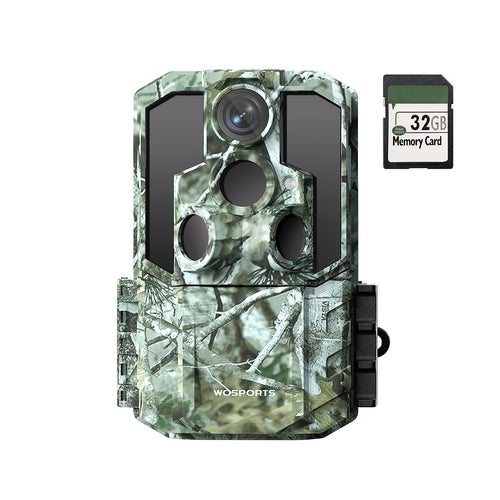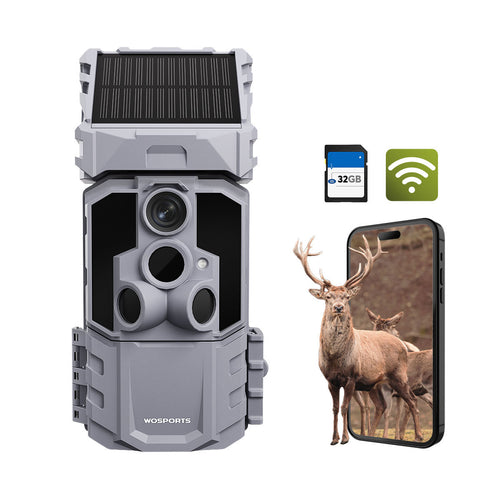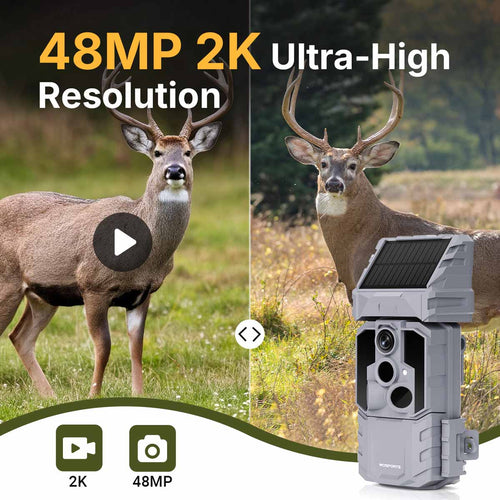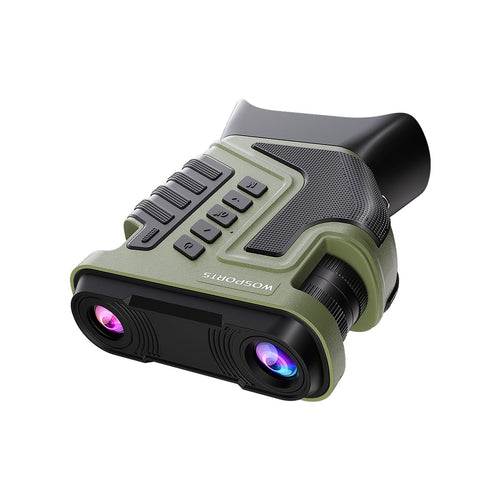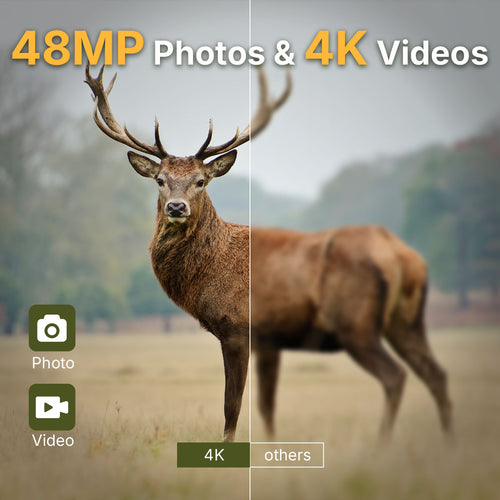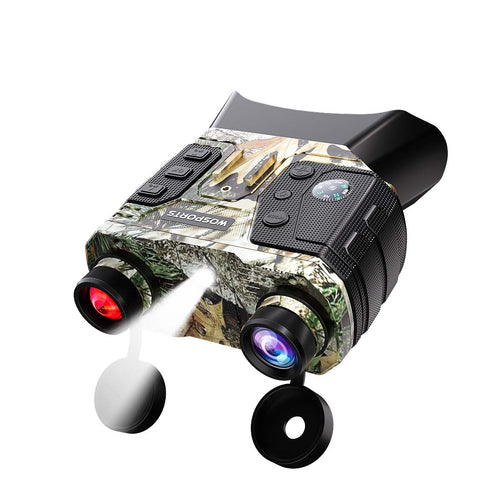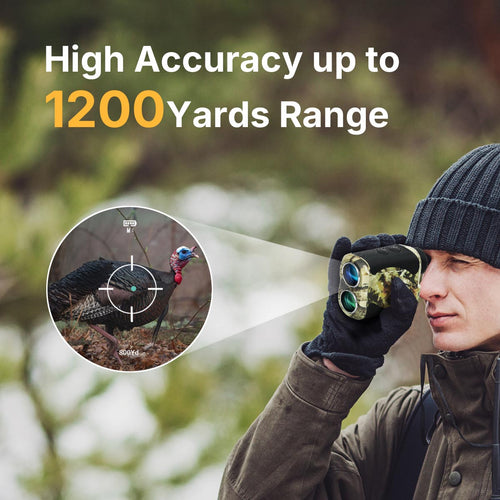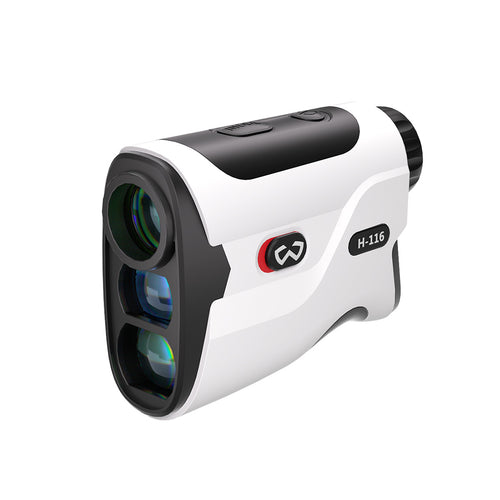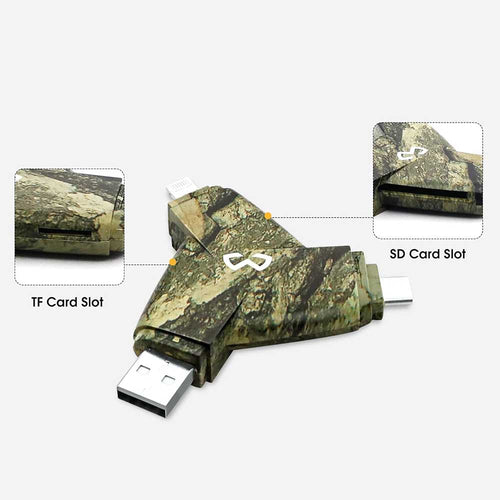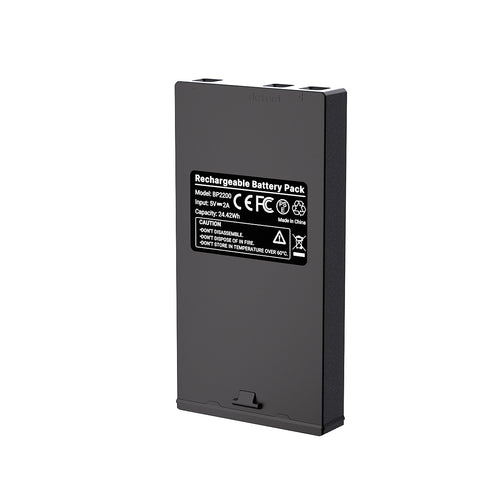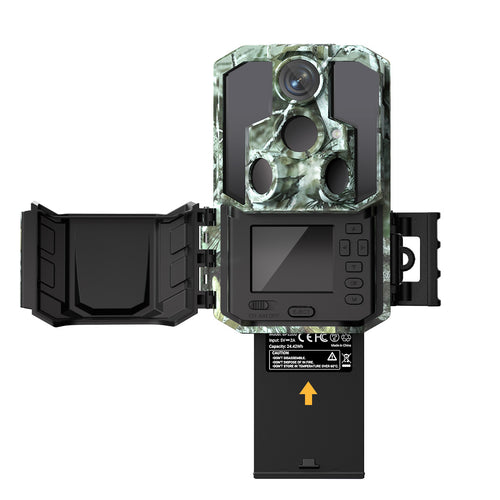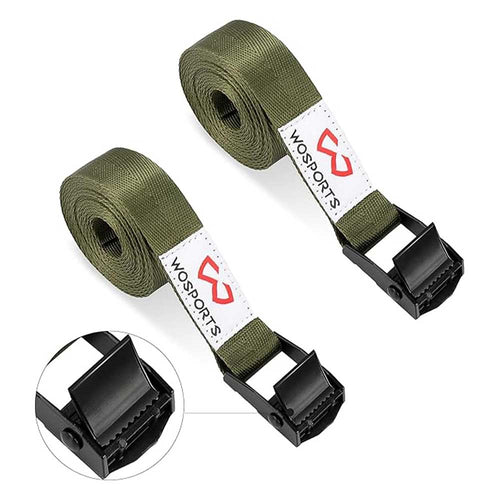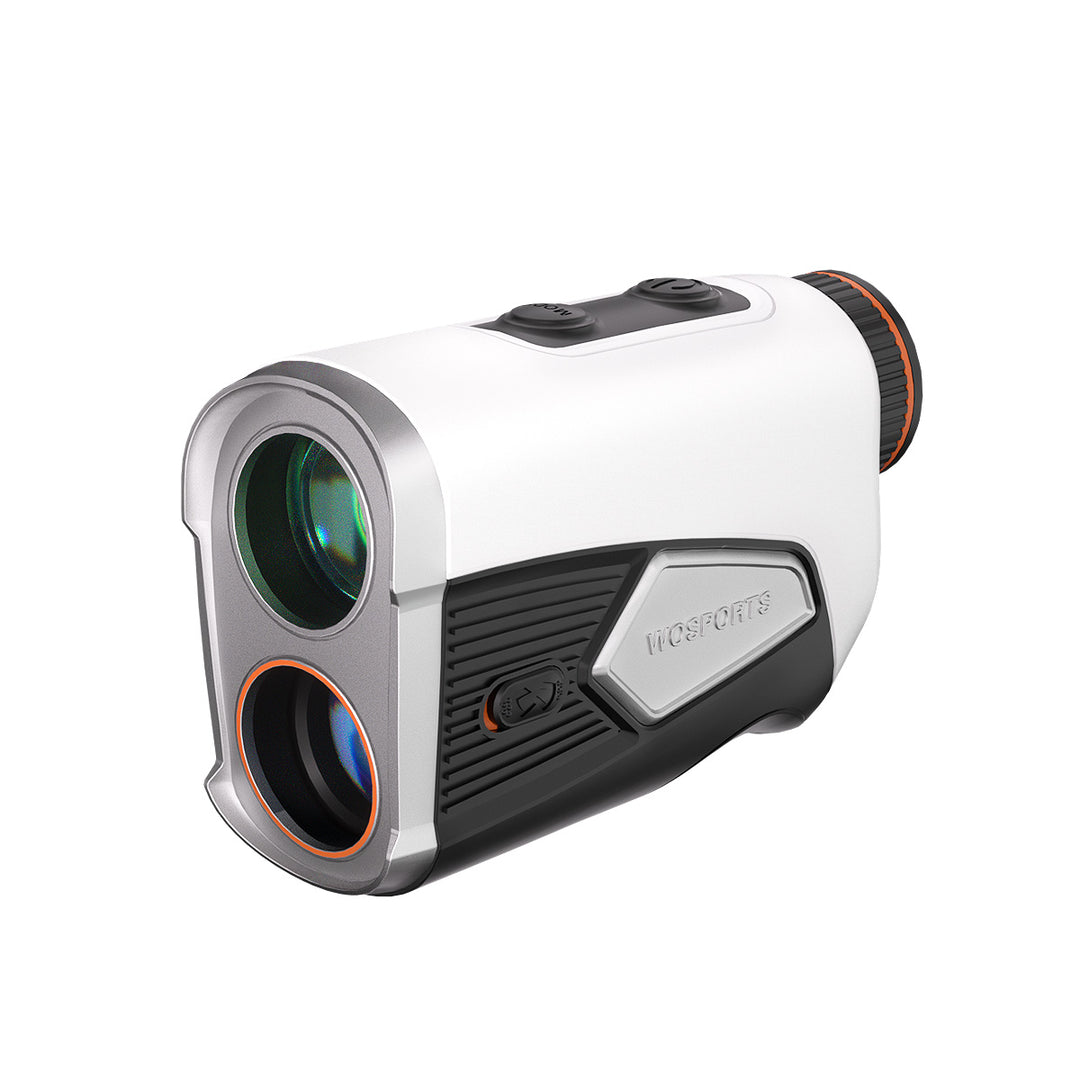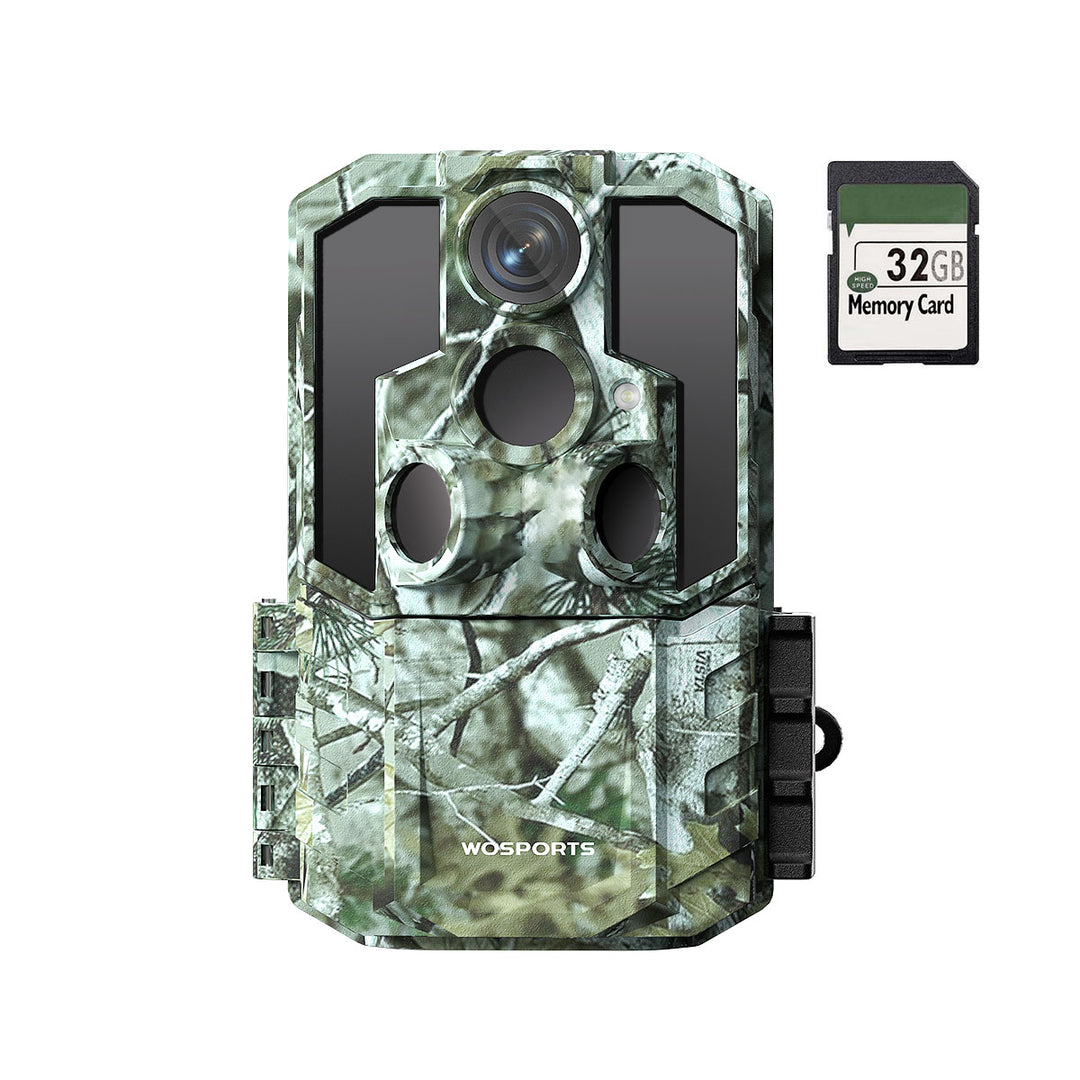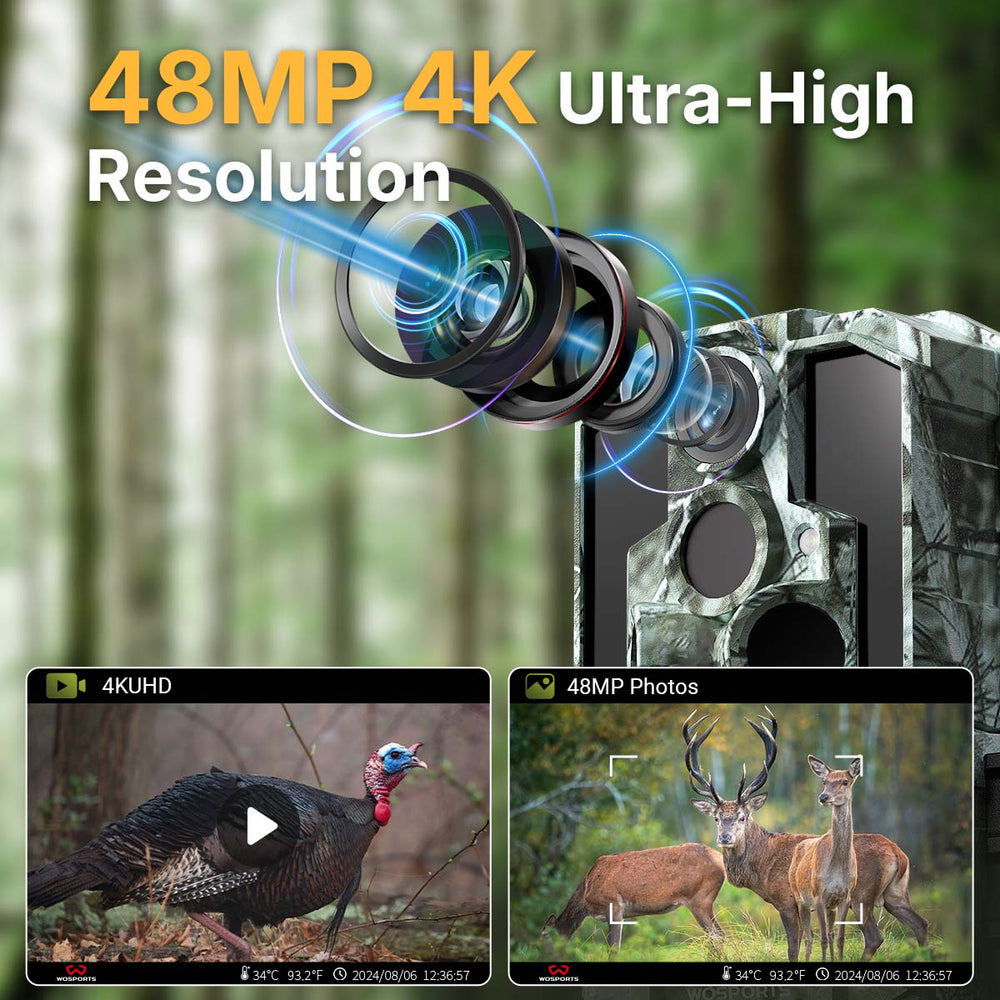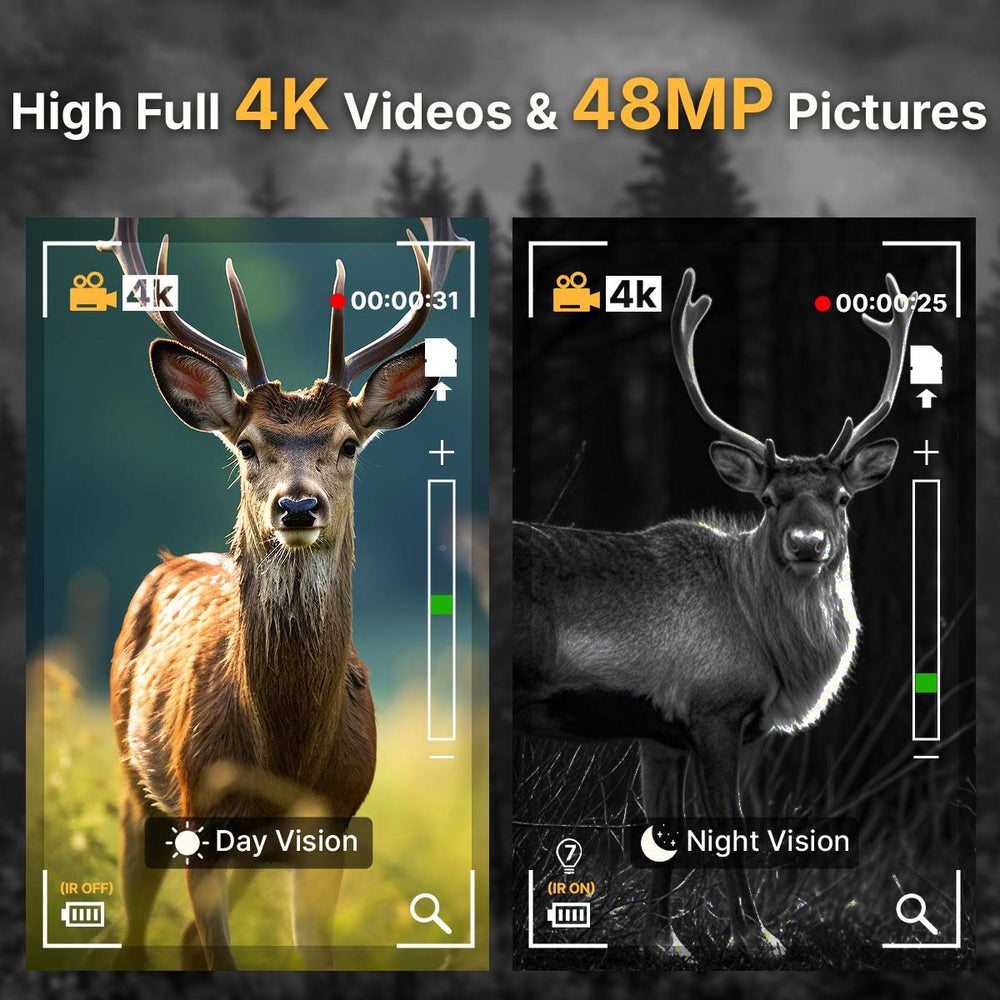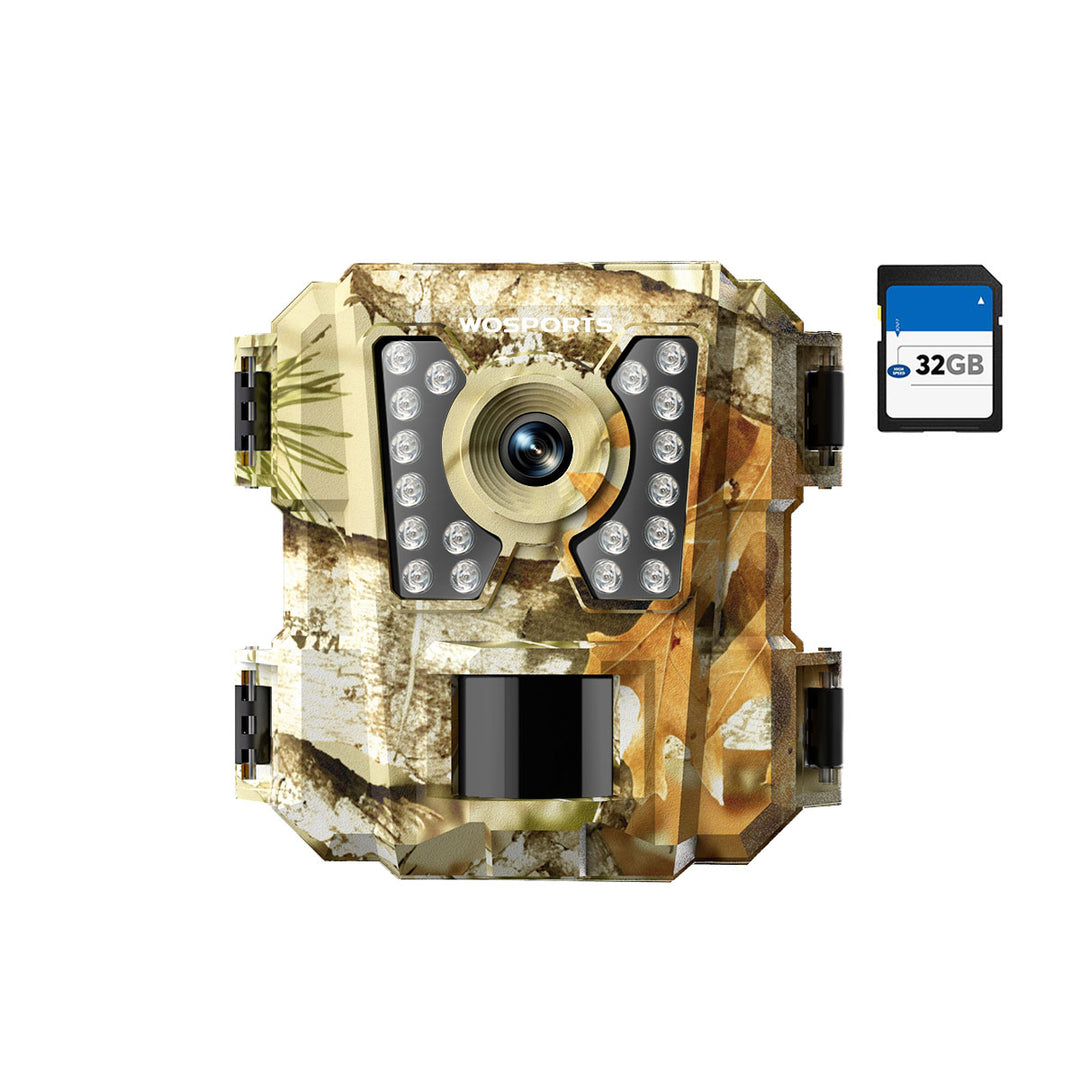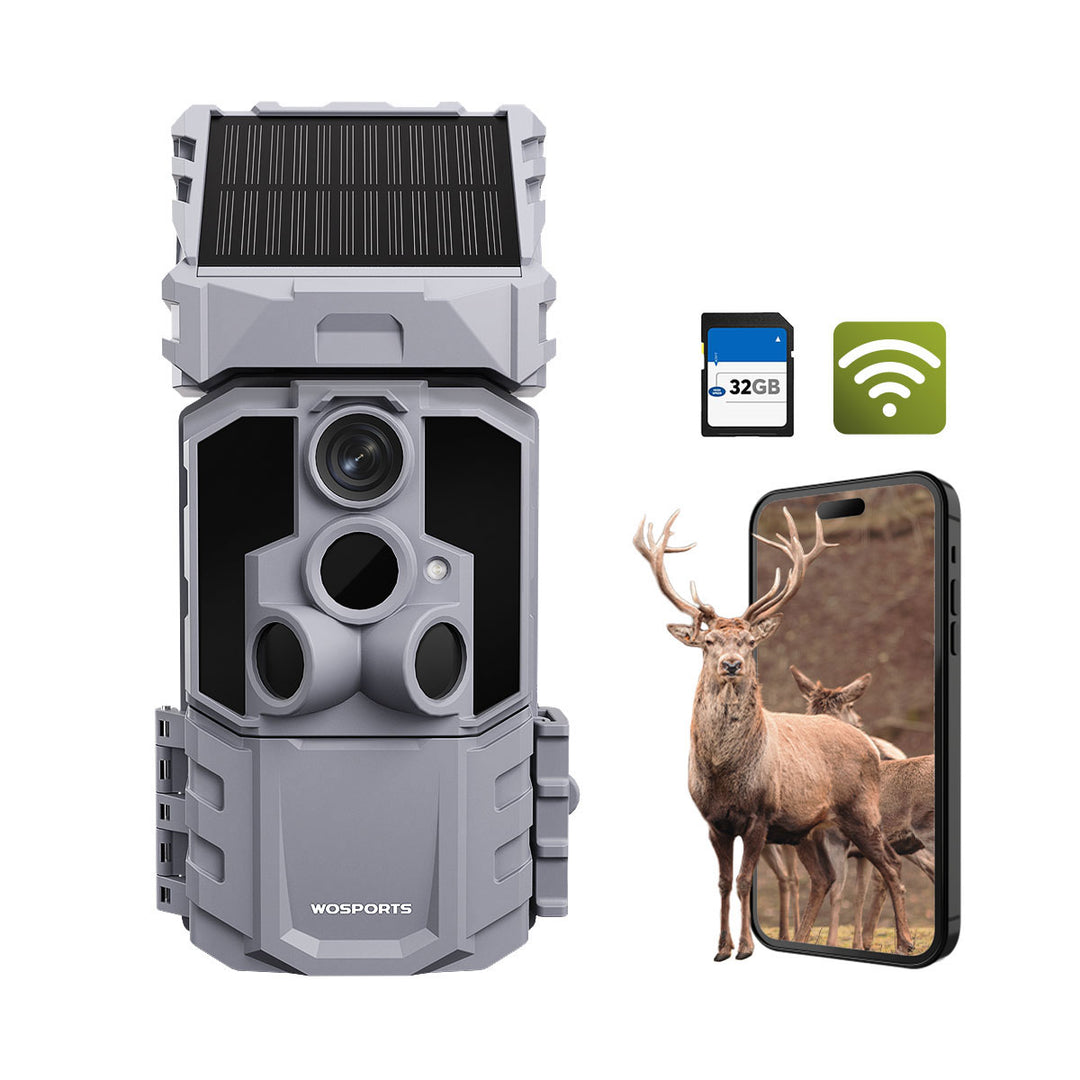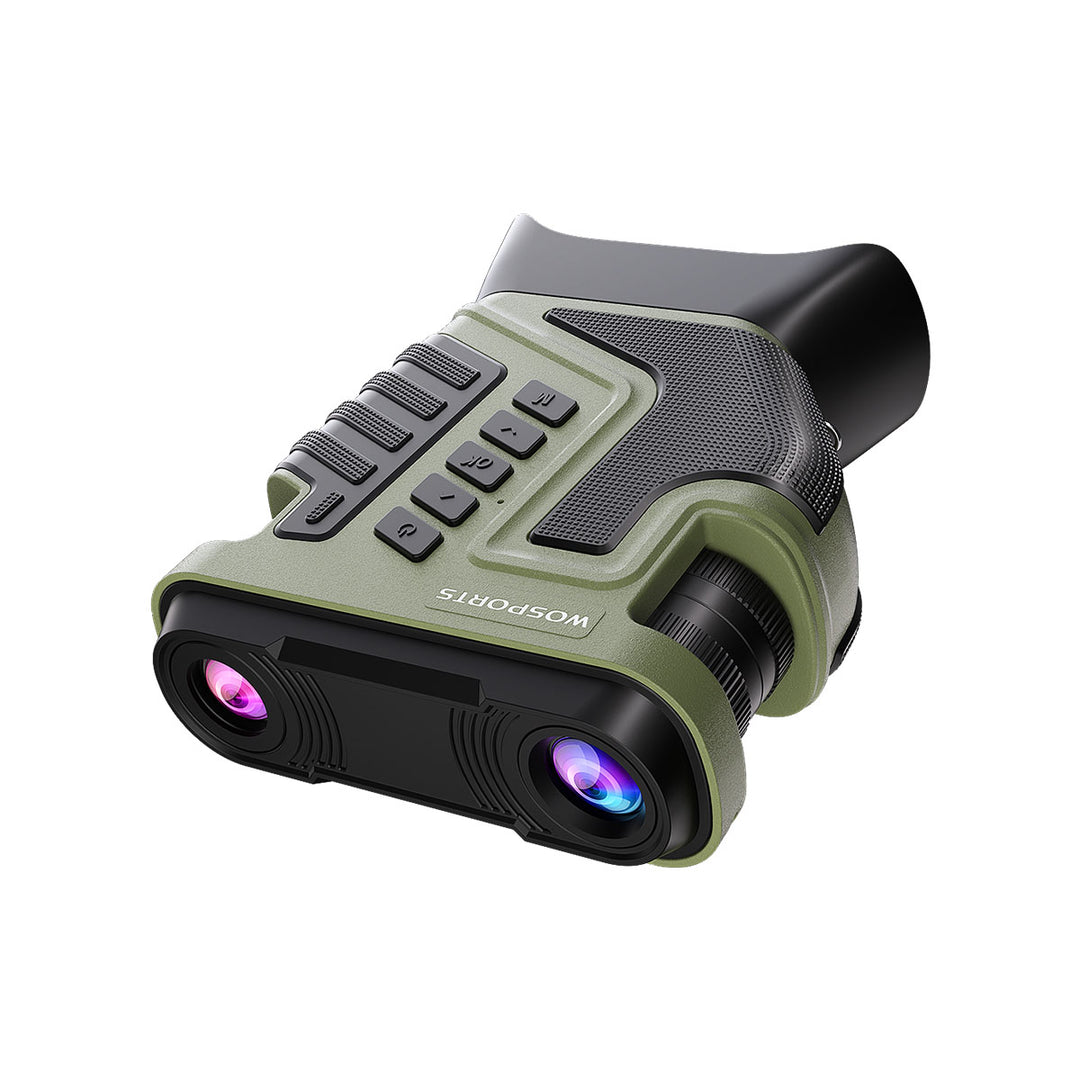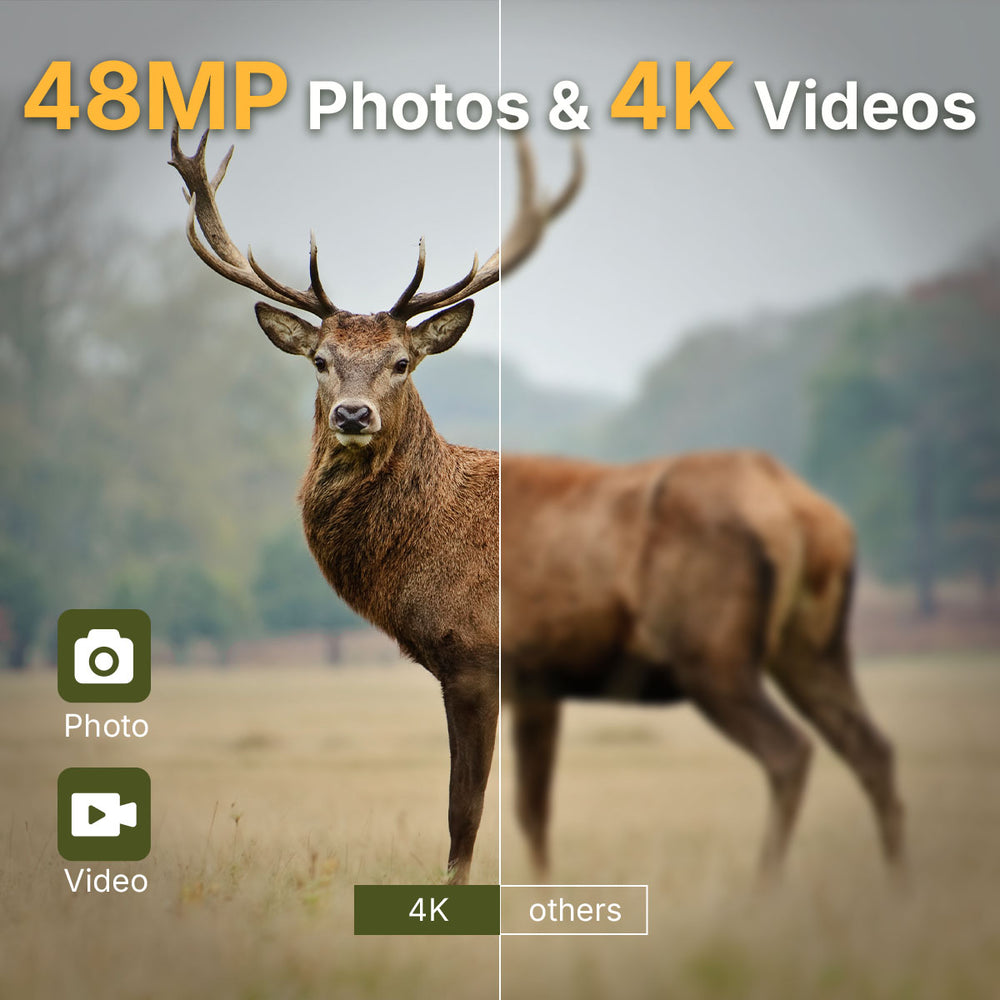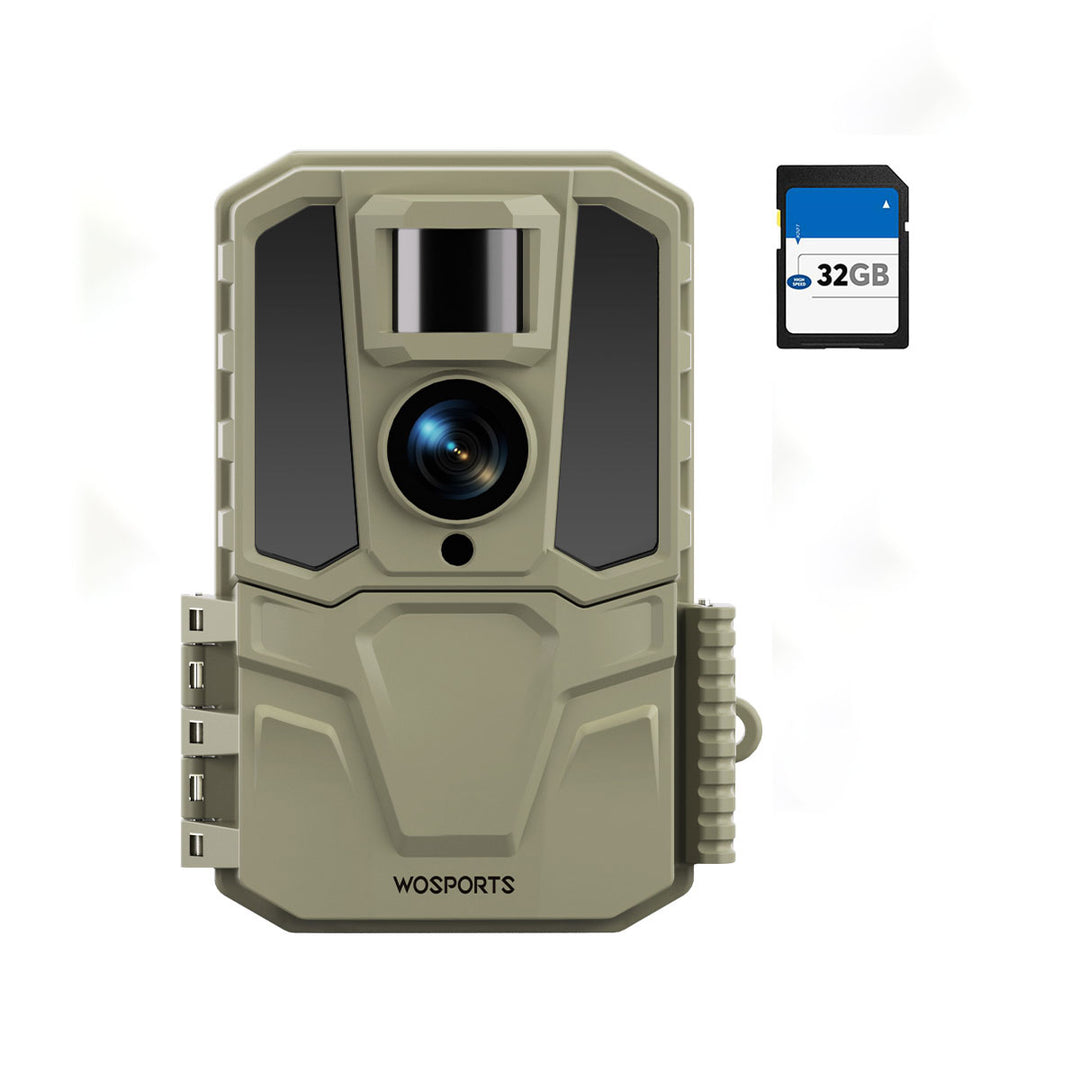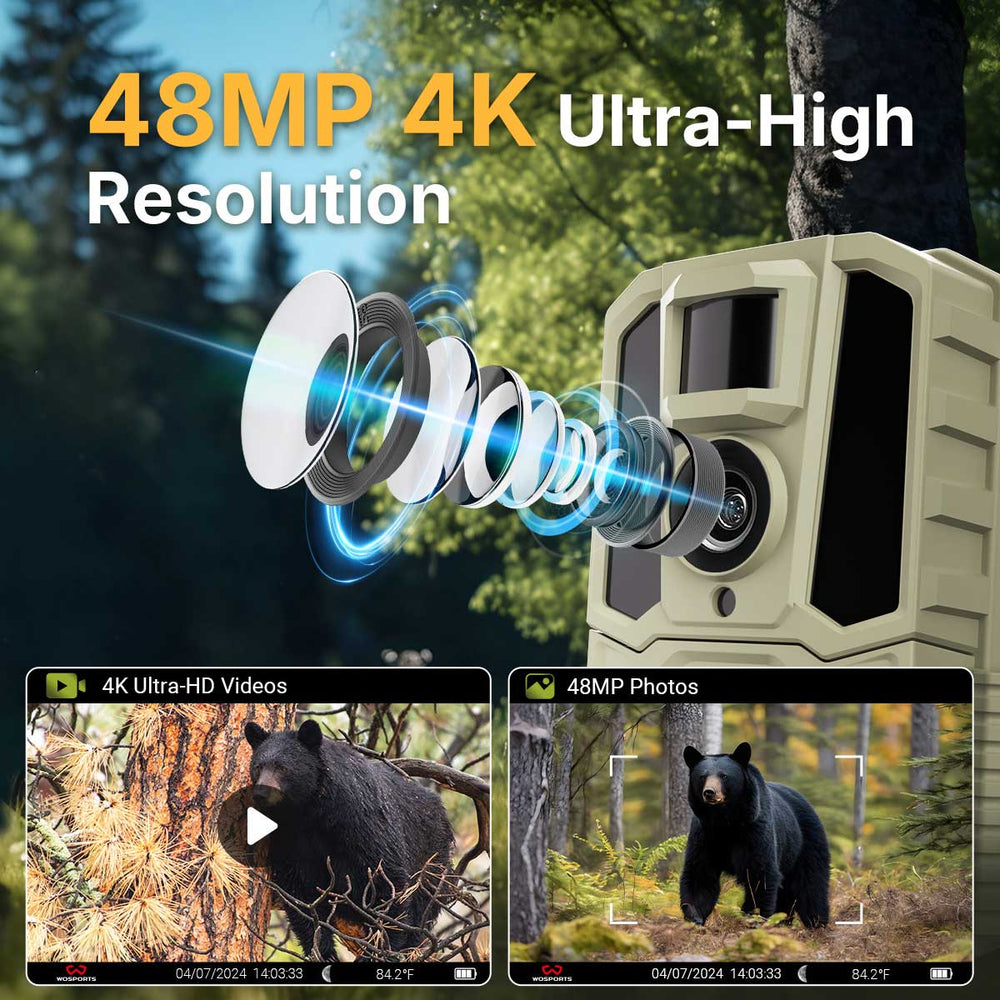How to Reduce False Triggers on Trail Cameras?
Anyone who has used them knows the frustration of opening an SD card only to find hundreds—or even thousands—of empty images triggered by wind, shadows, or small animals. These false triggers on trail cameras waste memory space, drain batteries, and make it harder to find useful footage. The good news is with the right adjustments, you can dramatically reduce them.
What Are False Triggers on Trail Cameras?
Common Causes of Trail Camera False Triggers
Let's troubleshoot the common reasons why your camera might be snapping photos when there's no deer—or anything interesting—around. Figuring out what's causing these false triggers is the key to getting useful data.
1. Moving Vegetation
Seriously, moving plants are public enemy number one for trail cameras. Those things can fool your camera into thinking something's moving. Before leaving, you can trim obvious culprits.
2. Sunlight and Shadows
The sun can mess with your camera, too. At sunrise and sunset, in particular, the way the light hits things and creates shadows can trick the camera's motion sensor. Maybe try repositioning your camera to avoid direct sunlight exposure, especially at those peak times.

3. Temperature Fluctuations
When the outside air temp is almost the same as a deer, bear, or coyote, the camera will act extra sensitive. You will have to move the camera so it doesn't trip up on the temp changes.
4. Small Animals and Birds
It’s not always deer setting off your trail camera. Squirrels running across the frame, raccoons waddling by, or even birds flying close can trip the sensor. These small creatures can certainly rack up your false trigger count. See if you can aim the camera a bit higher so ground movement doesn't constantly set it off.

5. Improper Placement
Where you stick your camera matters a lot. If it's facing an open field, you're likely going to get tons of pictures of… well, nothing moving far away. The same goes for reflective surfaces of water. The camera will pick up glares and odd light and start snapping away. Think carefully about what's in the camera's view.
How Many False Triggers Are Normal?
How to Reduce False Triggers on Trail Cameras
Fortunately, there are several strategies to minimize unwanted images and videos.
1. Choose the Right Location
Avoid placing trail cameras near tall grass, loose tree branches, or areas with constant motion. Instead, position cameras along game trails, mineral sites, or food plots where movement is more predictable.
For example, when setting up along deer trails, using a reliable unit like the WOSPORTS G600 Trail Camera ensures you capture only relevant wildlife activity.
2. Mount at the Proper Height and Angle
Mounting too low can capture small animals and moving vegetation, while mounting too high may reduce accuracy. The sweet spot is typically 3–4 feet off the ground, angled slightly downward.
3. Adjust Sensitivity Settings
Most modern trail cameras offer low, medium, and high sensitivity. If you are getting too many false triggers, set it to low or medium.
4. Clear Vegetation in the Detection Zone
Before setting up, clear grass, leaves, and small branches in front of the camera. This simple step prevents most false triggers caused by wind-blown vegetation.
5. Avoid Direct Sunlight
Face cameras north whenever possible. This minimizes false triggers from changing sunlight patterns during the day.
6. Use No-Glow or Low-Glow Cameras
Infrared beams can sometimes attract insects that trigger the sensor. No-glow cameras reduce this problem significantly.
If you’re scouting wary deer and want to minimize both false triggers and disturbance, the WOSPORTS G100 Wildlife Camera with no-glow night vision is an ideal solution.

7. Update Firmware Regularly
Some false trigger problems are due to outdated software. Manufacturers often release firmware updates to improve motion detection accuracy.
8. Use Proper Detection Range Settings
If your camera allows adjustable detection ranges, narrowing the field can reduce unnecessary triggers from the sides.
9. Check Weather Conditions
On extremely hot days, cameras are more likely to pick up background heat sources. Reducing sensitivity during these times can help.
10. Invest in Quality Trail Cameras
Cheap or outdated models often suffer from poor sensor calibration. Higher-end units are better at filtering real animal movement from background interference.
For outfitters or land managers who need consistent results across multiple trail cameras, our wholesale trail camera program ensures access to professional-grade equipment at competitive prices.

Frequently Asked Questions About False Triggers on Trail Cameras
1. Do trail cameras trigger in the rain?
Yes, trail cameras can trigger in the rain. Raindrops messing with the lens or a downpour mixed with wind can set off the motion sensor. To cut down on this, try pointing your camera down a bit and don't put it out in the open without any cover.
2. Can insects cause false triggers on trail cameras?
Yes. Insects flying close to the infrared sensor, especially at night, can cause false triggers. No-glow cameras tend to reduce insect attraction compared to low-glow or flash models.
3. How often should I check my trail camera to monitor false triggers?
Checking every 1–2 weeks is usually enough. If you’re using a wireless or cellular model, you can monitor activity remotely and avoid leaving unnecessary scent in the area, which could also impact deer movement.
Search
Popular Posts
Recent Posts

Nov 28, 2024
Troubleshooting Common Trail Camera Issues
Jan 10, 2025
Why Does My Trail Camera Stop Working at Night?

